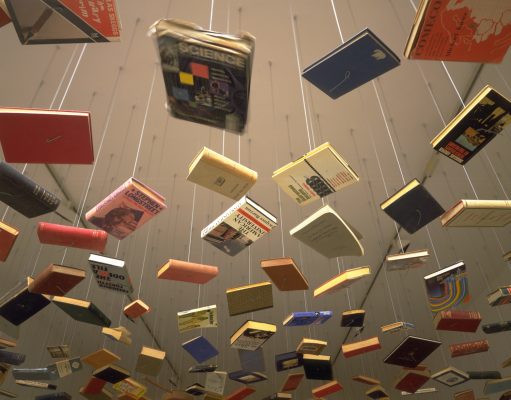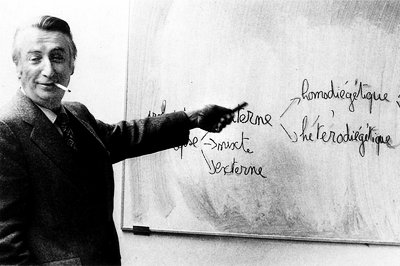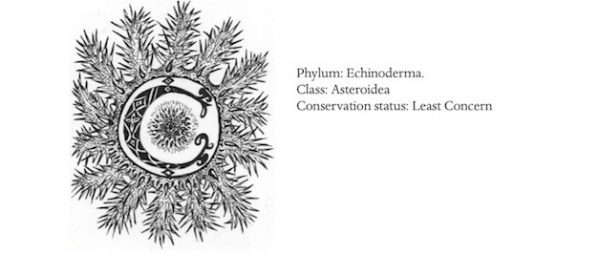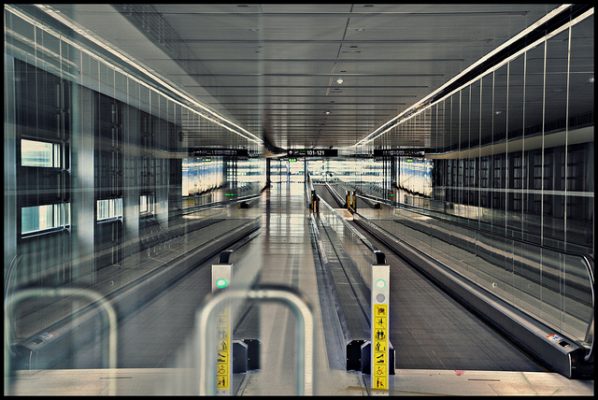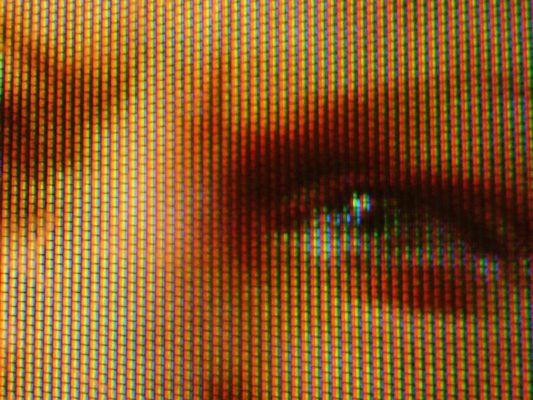Richard Wentworth is among the most influential artists alive in Britain. He emerged in the 1970s as part of the loosely grouped New British Sculpture movement, defined by their collective reaction against the predominantly po-faced austerity of Minimalist and Conceptual art.
Wentworth’s sculpture takes as its subject the semantics of the everyday world, taking readymade and frequently incongruous objects and arranging them in a fashion that forces us to recognise the drama inherent in that which we too easily dismiss as routine. His photography captures the unusual or counter-intuitive behaviour of things, treating the (generally urban) landscape as consisting of readymade works that merit the same attention as more traditional art objects. The effect might be compared to having a film of dirt removed from one’s eyes: it is often said by his students that, after talking to him, one begins to ‘see the world as a Wentworth’, meaning that one suddenly has a heightened awareness of the position of objects in one’s environment, and a refreshed curiosity in how they came to be there and how we might interpret them.
Wentworth is an enormously charming companion, his conversation characterised by a deft sense of humour, the lightness with which he carries his evident intelligence, and a whirling, associative means of answering a question. Thoughts and ideas are energetically chased rather than followed, the whole exercise being more reminiscent of pursuing a fox possessed of bountiful local knowledge through a series of prickled bushes, many-specied undergrowths and tight-spots than the more stately process described by the traditional metaphor of travelling behind a train. The effect being that both the journey and the destination are infinitely less predictable.
Between 1971 and 1987 Wentworth taught at Goldsmiths’ College, London, and has been described, along with Michael Craig-Martin, as a ‘godfather’ to the Young British Artists (YBAs) that emerged from under his tutelage in the late 1980s. In 2002 he was made Master of the Ruskin School of Drawing and Fine Art at Oxford University, and also tutors at the Royal College of Art, London. With his determination to rework and glorify the everyday, his evident distaste for the notion of the artist as hero or redeemer, and his sincere belief that what surrounds us is as fascinating as that which we feel obliged to gawp at in a gallery, he influenced a whole generation, and continues to influence a new one.
